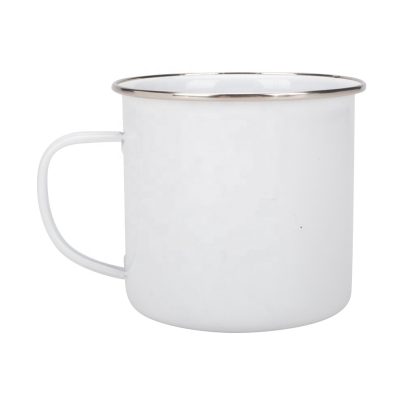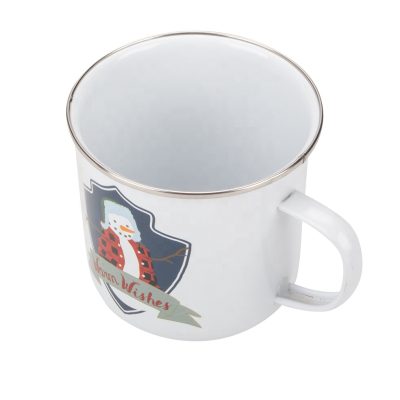1. The raw materials are different. Bone china is added with 25% to 51% of herbivore bone meal, and high white porcelain is mainly kaolin.
2, gloss. Because animal bone meal is added to bone china, the color of bone china is the milky white of natural bone meal (with a hint of yellow in the white), while Gaobai porcelain is bright white and bright white.
3. Weight. Because the animal bone powder added to bone china contains a lot of tricalcium phosphate, the weight of fired bone china is lower than that of high white porcelain.
4. Thickness. The thinnest thin-bodied porcelain (egg shell porcelain) in the high white porcelain has a thickness of 1-1.5mm; the thickness of bone china is about 2-2.5mm.
5. Transparency. Bone china has better light transmittance. Even if it is thinner than bone china, the light is not as good as bone china. After all, high white porcelain is opaque.
6. Firing process. Bone china is generally bisque fired at high temperature first, and then glazed at low temperature. The process is to fire the clay at 1220ºC, check and polish, and then glaze and fire, so bone china is generally smooth and regular. High white porcelain is a one-time high-temperature firing.
7, firing pattern. Because bone china is fired at a low temperature, it is generally fired on decals, that is, a type of overglaze color. High-white porcelain is fired at high temperature, so on-glaze color, in-glaze color, and under-glaze color are all feasible. As for the unhealthy problem of glaze color health, the above information has been introduced. If you want to know more, you can browse it.
8. Low water absorption. The water absorption rate of bone china is relatively low, which is reflected in the fact that it is very easy to clean bone china tableware, generally without detergent, and visually gives people a special sense of cleanliness.
9. Good thermal insulation. Bone china has better thermal insulation properties and retains the aroma of tea.







